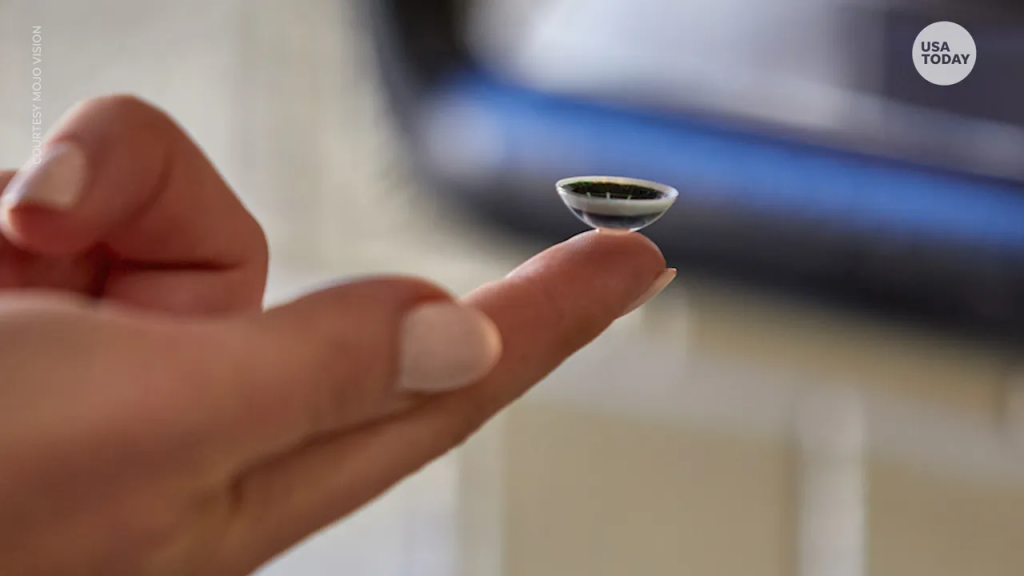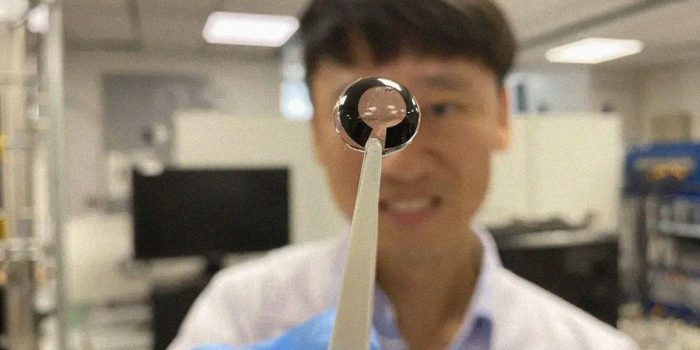In a remarkable breakthrough that seems plucked from science fiction, a team of researchers in Singapore has unveiled a revolutionary micro-thin battery capable of drawing energy from human tears to power smart contact lenses. Imagine a world where contact lenses not only enhance your vision but also serve as dynamic information hubs, all powered by the very tears that keep your eyes moist.
Lee Seok Woo, lead author and associate professor at Nanyang Technological University (NTU), embarked on this journey with a simple yet groundbreaking question: could contact lens batteries harness energy from human tears? The resulting battery concept, expounded upon in a publication in the journal Nano Energy, introduces a novel approach. This innovative battery design diverges from traditional power sources by tapping into the energy potential of glucose and water, both safe for human use and environmentally benign upon disposal.

Crafted with remarkable precision, the battery boasts a thickness slimmer than a millimeter, incorporating biocompatible elements and a glucose-based coating. This specialized coating generates electricity when interacting with sodium and chloride ions, powering an integrated circuit. Astonishingly, these ions are naturally present in tears, allowing the battery to recharge autonomously using the body’s innate resources.
Experimental trials conducted on a simulated eye demonstrated the battery’s prowess by generating a current of 45 microamperes at a peak output of 201 microwatts. This output, sufficient to power a smart contact lens, foretells a future where data presentation becomes effortless, independent of complex wireless charging mechanisms.
Li Zongkang, coauthor and NTU PhD student, emphasized the innovation’s significance by highlighting the challenges posed by integrating wireless power transmission and supercapacitors within contact lenses due to spatial constraints. Yet, the integration of the battery and biofuel cell within a unified unit circumvents these limitations, enabling self-charging without necessitating additional space for wired or wireless components.

While this revolutionary technology is still in its infancy, the research team’s proactive collaboration with contact lens companies underscores its potential for tangible applications. Despite initial constraints, such as a capped recharge cycle of 200 times, the battery’s pioneering design holds immense potential for reshaping wearable technology.
In essence, this groundbreaking battery concept, harnessing energy from tears, ushers in a new frontier in wearable tech. It propels us closer to a future where dynamic information interfaces powered by our own biology redefine how we access and interact with information, transforming a mere blink into an act of technological marvel.


